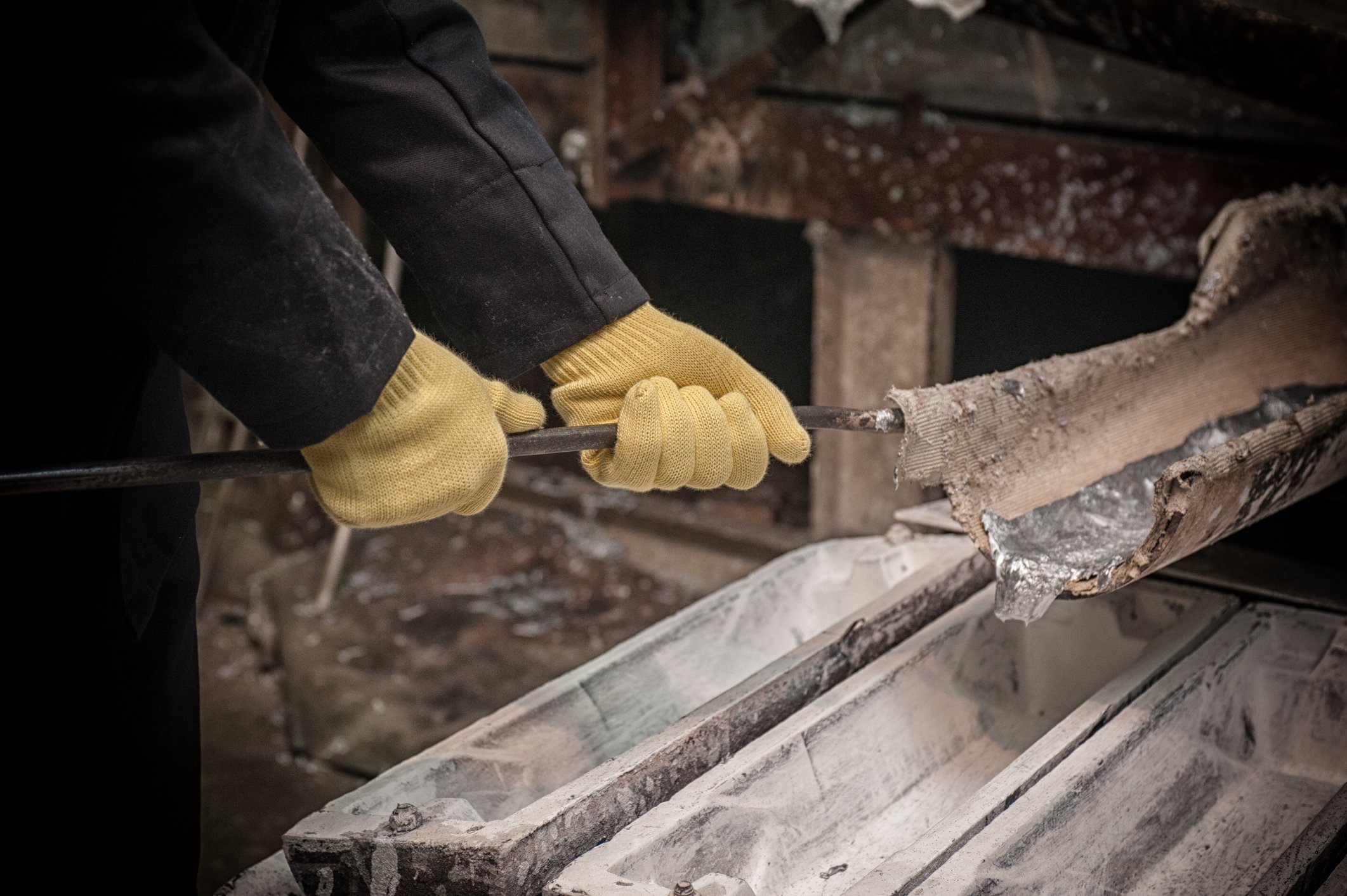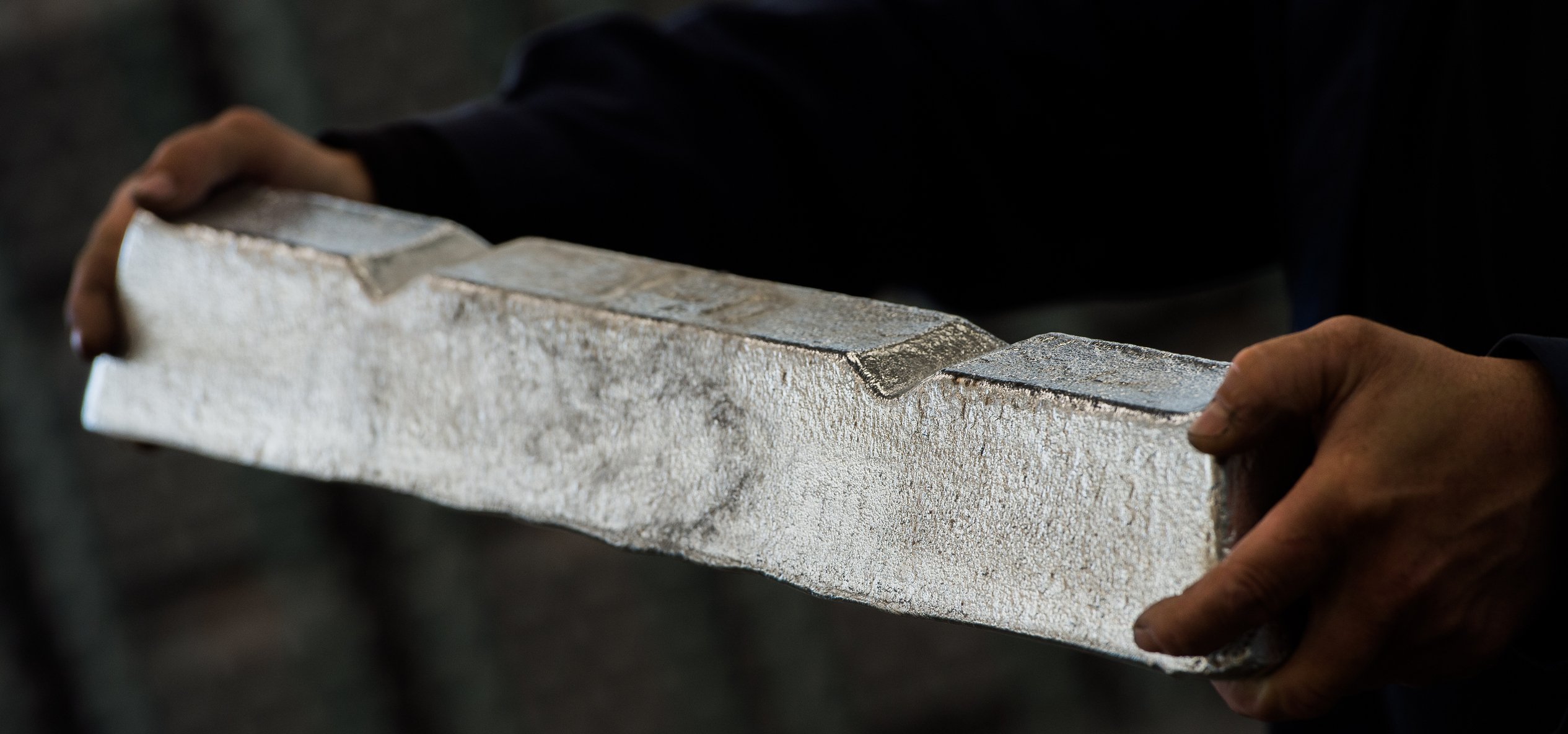
Source: Alcoa.
As the first major company to report earnings each quarter, Alcoa (AA +0.00%) has a unique status in corporate America. Even though the company has become less important from a macroeconomic standpoint, Alcoa nevertheless serves as a barometer of general industrial activity.
After its release of fourth-quarter financial reports earlier this week, Alcoa executives discussed the company's results and future prospects in its quarterly conference call. Below are five key points that show where Alcoa is headed in 2015 and beyond.
The Saudi Arabia refinery is now fully operational. It's making the first alumina from Saudi Arabian bauxite. That is a historic first in the Kingdom, and a really fantastic achievement by the whole team there. -- CEO Klaus Kleinfeld

Source: Alcoa.
Despite its emphasis on high-end value-add products, Alcoa's transformation has also been about making the most of its upstream opportunities. One of the most successful moves Alcoa has made recently is to look for ways to cut costs at its production facilities to compete better on the commodity front. Alcoa's joint venture in Saudi Arabia has been the cornerstone of that effort, and the venture's profit more than doubled during the quarter, helping to offset cost pressures elsewhere in Alcoa's international primary-metals operations.
[F]rom a full-year perspective, we anticipate the lower energy prices in Brazil to have a negative $100 million impact on segment results in 2015. -- CFO Bill Oplinger
One thing that many investors don't realize is that Alcoa has some energy-generated assets. Because aluminum production is highly electricity-intensive, Alcoa has to work to find the lowest-cost supplies of electricity available. In some cases, Alcoa has simply built its own power plants to generate electricity for internal use, and Brazil is one area where Alcoa owns its own power production capability.
For much of 2014, Brazil suffered from drought conditions that hurt its ability to generate hydroelectric power, and sent electricity prices soaring. Alcoa profited by cutting its production of aluminum, and selling the freed-up generation capacity into the nation's electric market.
Now that the power crisis in Brazil is moderating, Alcoa will see that windfall slow. Yet investors can expect future ups and downs from Alcoa's generating capacity, and being smart in managing its internal use could lead to some nice unexpected profits down the road.
On aerospace, we do believe there's going to be growth in this market in 2015 of between 9% and 10%. Actually, in large commercial aircraft, we believe [Alcoa will see] growth above that of 15%. -- Kleinfeld

CEO Klaus Kleinfeld. Source: Alcoa.
Aerospace has been a remarkable story for Alcoa, and the stratospheric growth in aircraft demand has greatly enhanced Alcoa's profit and sales growth. Kleinfeld noted that, even with aircraft producers having accelerated their production rates, backlogs remain at about eight years.
Meanwhile, airline profits in the aggregate could top $25 billion in 2015, opening the door to even larger orders. Moreover, solid demand for jet engines continues, and order books for regional-jet aircraft have hit their highest level in five years. Especially with automotive growth likely to moderate, aerospace will be an essential focus point for Alcoa's strategy in 2015.
TITAL follows in the same logic [as the Firth Rixson acquisition], establishing Alcoa's titanium casting capability. ... We believe that the TITAL titanium revenues are going to increase by 70% by 2019. -- Kleinfeld
Alcoa has gone on an acquisition binge lately, and one key pickup was its purchase of titanium maker TITAL. By embracing the company, Alcoa confirmed its desire to go beyond aluminum to become a key producer of a wider variety of important low-weight, high-durability metals and materials.
Elsewhere, Alcoa showed the same resolve by opening its aluminum-lithium plant in Indiana, and the move has already paid off in the form of new products that Alcoa is selling to its customers in the aerospace industry. As manufacturers look for ever-lighter alternatives to the materials they use, Alcoa is putting itself in a position to meet all of its customers' needs.
Source: Alcoa.
What used to take 20 days to go from melting to rolling the coil, now in the Micromill process takes 20 minutes. And it all happens in a footprint that's about a quarter [the size] of a conventional mill. -- Kleinfeld
One key initiative Alcoa announced in the past quarter was its Micromill, a revolutionary proprietary technology that dramatically boosts the company's ability to produce cast and rolled aluminum products efficiently and effectively. Kleinfeld noted that, with more than 100 patents incorporated into the technique, the Micromill opens up many new opportunities to make aluminum products for its customers. With advantages in formability, strength, and production speed, the Micromill will play a major role in defining the future of Alcoa.
Overall, Alcoa continues to move forward with its overall strategy, and investors are seeing the fruits of management's labors in the company's quarterly results. If Alcoa has accurately identified its best growth opportunities, then the company and its stock could continue to have huge success for years to come.






